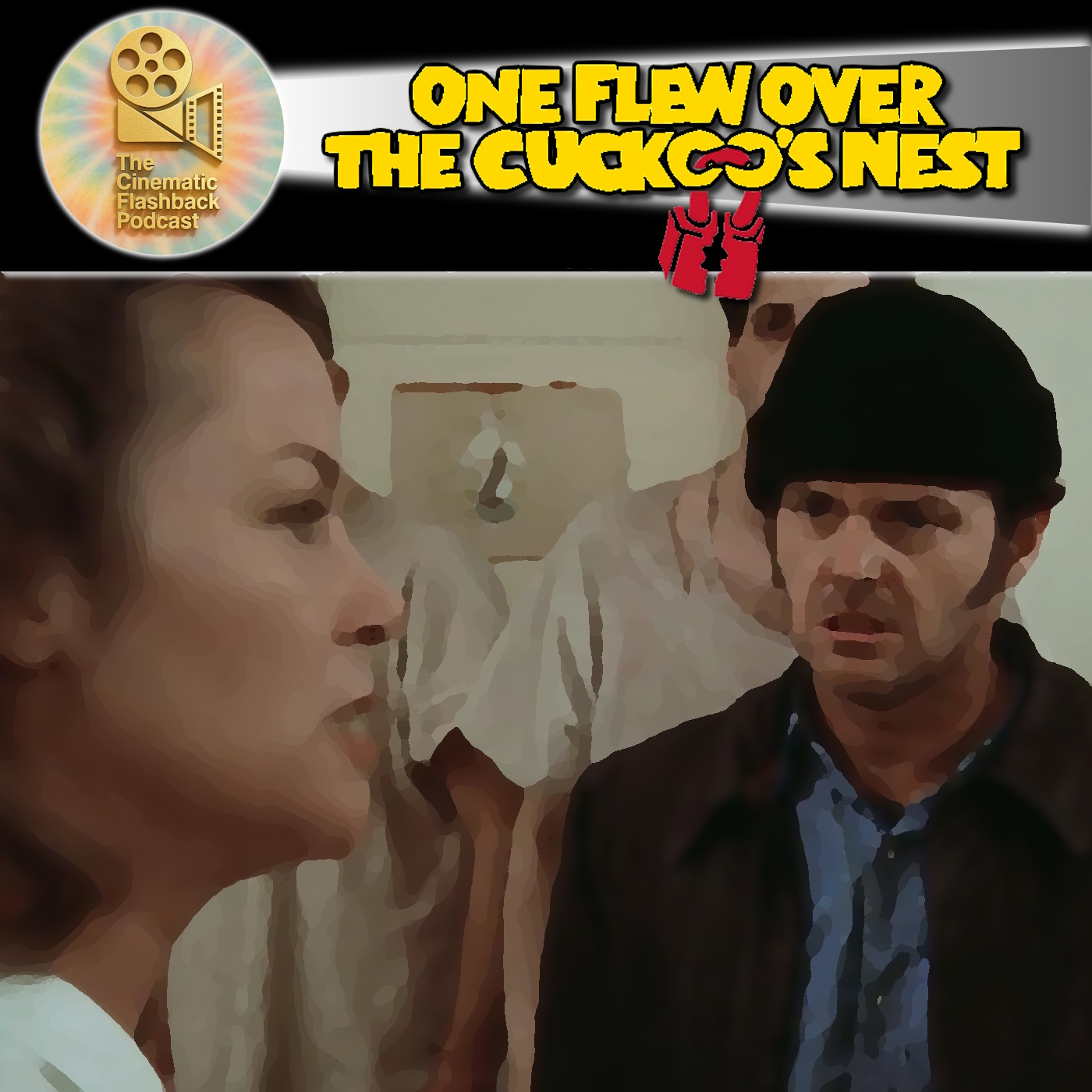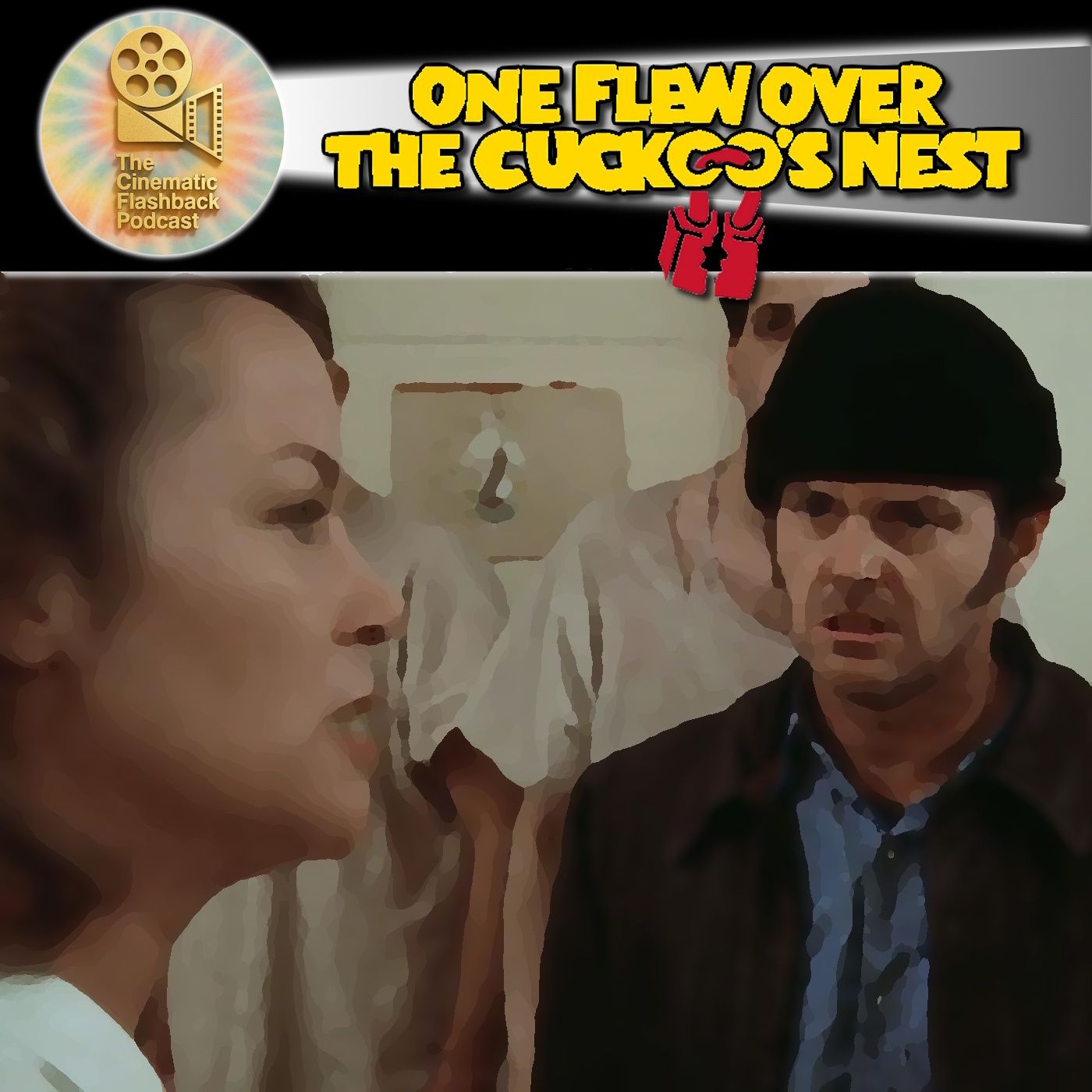10 Things You Should Know About One Flew Over the Cuckoo’s Nest (1975)

Few films from the 1970s loom as large as One Flew Over the Cuckoo’s Nest. Directed by Miloš Forman and starring Jack Nicholson and Louise Fletcher, this Best Picture winner remains one of the most powerful explorations of freedom, control, and individuality in cinema history. If you’re revisiting the film—or watching it for the first time—here are ten things that will deepen your appreciation.
1) The Rare Oscar Sweep
Only three films in history have ever won the “Big Five” Academy Awards—Best Picture, Director, Actor, Actress, and Screenplay. They are It Happened One Night (1934), One Flew Over the Cuckoo’s Nest (1975), and The Silence of the Lambs (1991). It’s one of the rarest feats in Oscar history.
2) Two Cinematographers, One Vision
The shoot began with legendary cinematographer Haskell Wexler, but creative differences got him fired. Bill Butler stepped in to finish the film—just as he had on The Conversation a year earlier. The result is a seamless visual tone despite the behind-the-scenes drama.
3) Jack Nicholson’s Long Pursuit
Nicholson had his eye on the role of R.P. McMurphy for more than a decade. By the time production started, he had been quietly studying the character, making his performance both raw and refined—the role that transformed him into a superstar.
4) The Subtle Evil of Nurse Ratched
Louise Fletcher’s performance works precisely because it isn’t over-the-top. Ratched controls through humiliation, withheld privileges, and quiet manipulation. Her power is insidious, which makes her one of cinema’s most chilling villains.
5) Music That Foreshadows Tragedy
Jack Nitzsche’s score leans on frontier instruments: dulcimer, tribal drums, crystal glasses, and a singing saw. That eerie saw sound doubles as foreshadowing for McMurphy’s lobotomy, binding the film’s soundscape to its devastating ending.
6) Spot the Star Trek Actors
Christopher Lloyd later became Commander Kruge in Star Trek III. Louise Fletcher would portray Kai Winn in Deep Space Nine. Brad Dourif turned up in Voyager. Cuckoo’s Nest is unexpectedly full of future Trek DNA.
7) Not Everyone Was Committed
Most patients in the ward are there voluntarily. Only three—McMurphy, Chief Bromden, and Tabor (Christopher Lloyd)—are truly committed. In a powerful twist, two of them ultimately escape.
8) The Eight Tools of Control
Nurse Ratched keeps order through more than just her glare. Her arsenal includes group therapy humiliation, blaring music, locked wards, cigarettes, withheld privileges, medication, electroshock therapy, and, ultimately, lobotomy.
9) A Director Who Knew Oppression Firsthand
For Miloš Forman, the story wasn’t just about an institution. He grew up under communist rule in Czechoslovakia, and he recognized Nurse Ratched as a stand-in for authoritarian systems. That personal experience sharpened the film’s edge.
10) Three Flights Over the Nest
The ending isn’t just about Chief Bromden’s literal escape into the wilderness. McMurphy “flies” through death, set free from control. Billy’s tragic suicide is another escape, though through despair. Each character finds release in a different way.



